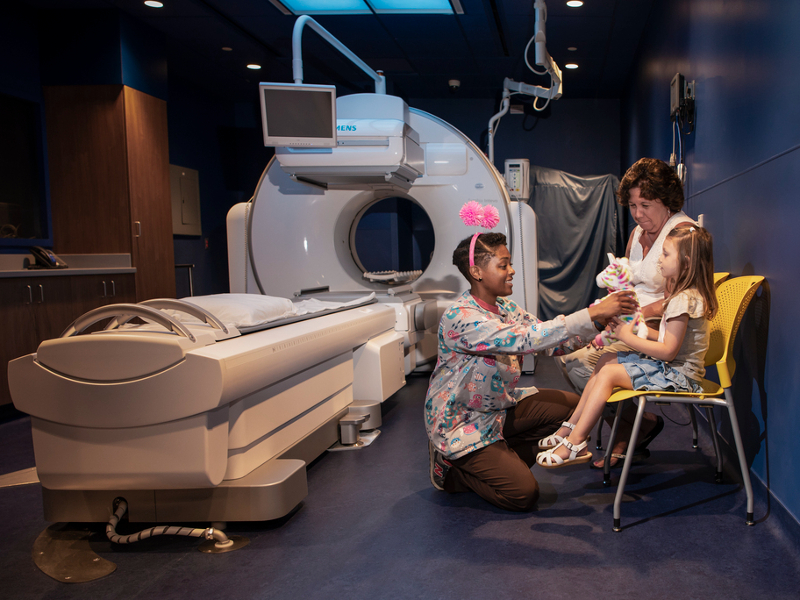Treatment
Pediatric Embolization
Embolization means introducing a foreign substance into a blood vessel to stop the flow of blood. The foreign substances can be wire coils, small beads made of polyvinyl alcohol, or even very strong glue. Blocking blood flow to a particular tissue can be useful in treating many diseases such as vascular malformations, aneurysms, life-threatening internal bleeding or as an adjuvant to surgery to minimize blood loss during an operation.
Frequently Asked Questions
How is an embolization performed in children?
Will my child feel any pain during an embolization procedure?
How long does an embolization procedure in children take?
Will my child be awake for the embolization procedure?
What risks are associated with an embolization procedure in children?
How do my child and I prepare for the embolization procedure?
What should we expect after an embolization procedure in children?
When can my child bathe after an embolization procedure?
When can my child resume normal activity after an embolization procedure?
Contact Children's National Hospital immediately if your child experiences any of the following:
Meet the Providers Who Treat Embolization
Departments that Offer Embolization

Interventional Radiology
Children's National interventional radiologists perform a full range of minimally invasive, image-guided procedures to both diagnose and treat disease in infants, children and adolescents. Learn more about how we help children in our care.

Help Kids and Make a Difference
Invest in future cures for some of life's most devastating diseases. Give today to help more children grow up stronger.







